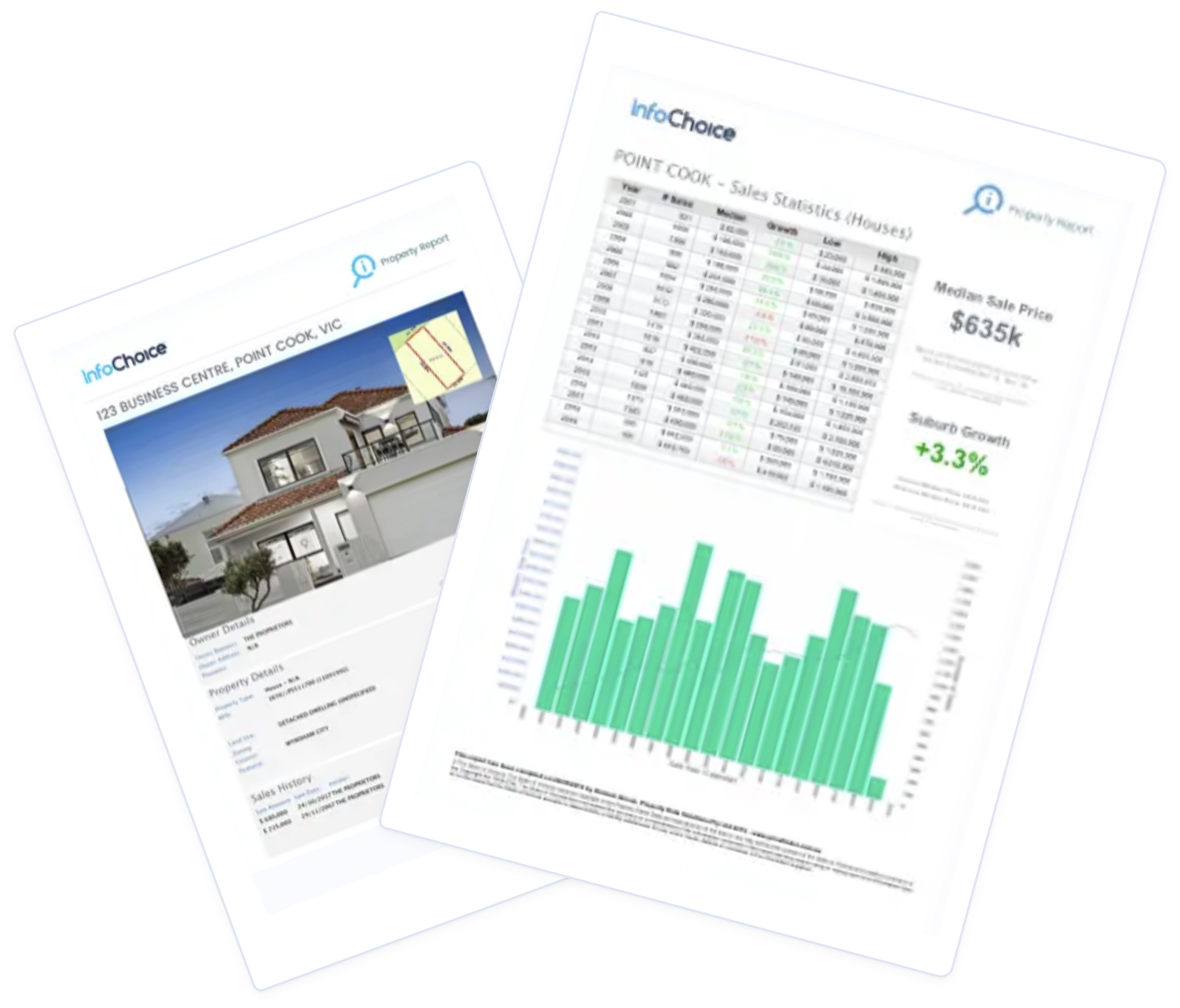
Domain's Profit and Loss Report released on Thursday revealed 96% of houses and 90.7% of units across the country resold for a profit.
These figures represent a 16-year high record for houses and a 13-year high for units.
Brisbane stole the show, with almost all houses sold (99.5%) yielding returns.
Meanwhile, Hobart was the biggest winner in the profit-making sales for units, with 96.3% reselling at a profit.
Overall, all capital cities saw significant profits from property sales, though a slightly higher proportion of homeowners in regional areas walked away with a profit – 0.1% higher than capital cities' 96.0%.
This marks the first time in 15 years that the regional market outperformed capital cities.
The strong gains weren't a surprise, after all, given the nation's record-high pricing, the likelihood of profitability all but increases, according to Domain's research chief Dr Nicola Powell.
By the end of the second quarter, the median price for houses in capital cities was over $1.15 million (up 2.4% from the previous quarter; 9.7% year-on-year).
Unit values also rose, with the median price reaching over $646,000 (up 0.3% from Q1; 5.2% year-on-year).
Unsurprisingly, Brisbane posted a 16.9% median price increase in Q2, second only to Perth's 23.8%, where prices are relatively more affordable ($976k in Brisbane vs $852k in Perth).
"The housing market remains resilient despite low consumer sentiment, economic pressures, and high interest rates," Dr Powell noted.
As it stands, supply constraints continue to outweigh reduced borrowing capacity, as the cash rate remains at its 12-year peak of 4.35%.
Demand, meanwhile, is sustained by strong population growth, a tight rental market, and rising investor activity.
"It is likely that current demand is being propped up both by existing leverage from the property market and the 'bank of mum and dad' - factors likely to become stronger due to ongoing price growth," she added.
Sydney leads the way in profits gained for houses, units
The median profit is substantial but varies widely across all capital cities.
Zooming into the figures, Australia's most expensive property market Sydney leads in both dollar gains and percentage returns, with houses resold for more than double their purchase price (100.8%), yielding a median profit of about $655,000.
Canberra and Melbourne houses followed, with median gains of $435,000 and $397,000, respectively.
For units, Sydney also topped the list with a gain of $202,000, up 34.5% from purchase price.
Adelaide and Hobart recorded the highest percentage price lifts for units at 59.7% and 59.1%, respectively.
Conversely, the smallest dollar profits for both houses and units were recorded in Perth and Darwin.
"The suburbs leading house profits are skewed towards a more affluent population, while units tend to span a more diverse income bracket," the Domain report reads.
"This suggests that property returns are delivering wealth growth across a broad spectrum of income levels."
Property investments stand out for high yields
In the June quarter, Dr Powell's research team found that houses and units across combined capitals achieved record-high prices for the sixth and fifth consecutive quarters, respectively.
This means that those who got into the housing market have realised capital gains since Q4 2024, while unit investors have been enjoying continuous value increases since the early 2023.
Unit prices may even outperform houses as strong investor demand drives price growth in this category.
July ABS lending data showed investor lending growth continued to outpace owner-occupier loans, with total value up 30.2% from a year ago.
Home lending for owner occupiers was up 13.2%.
Despite these price lifts, Dr Powell believes houses will continue to dominate units in profit-making sales.
"Various factors contribute to this, including housing preferences, development cycles, and tenure as units are typically held for shorter periods," she explained.
"Additionally, house prices have generally experienced higher rates of growth compared to unit prices."
Gen X and older millennials, typically those in their late 30s to late 40s, are the primary beneficiaries of the gains in the property market, particularly those in suburbs with more diverse economic profiles.
"Interestingly, this group has leveraged their established positions in the property ladder to capitalise on the recent price boom," Dr Powell said.
This is supported by the InfoChoice State of Aussies' Savings Survey published in July, which revealed that 68.4% of Gen X and 68.7% of Millennials have a mortgage.
"The remarkable profits we are seeing indicate how valuable it is for Australians to get into the property market if they can," Dr Powell said.
And that's a big "if" of course.
Amid rising property prices and high interest rates, more and more Aussies are either priced out or struggling to enter the property market.
"We need to ensure that buying a home is affordable and accessible to everyone, as having an asset that increases in value can really help financial stability in the future."
Photo by Thirdman on Pexels
